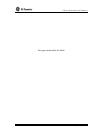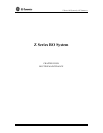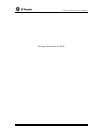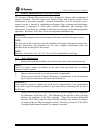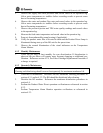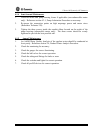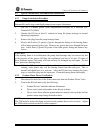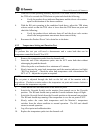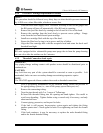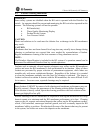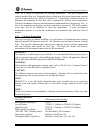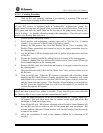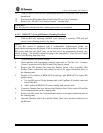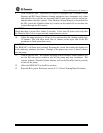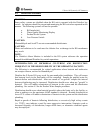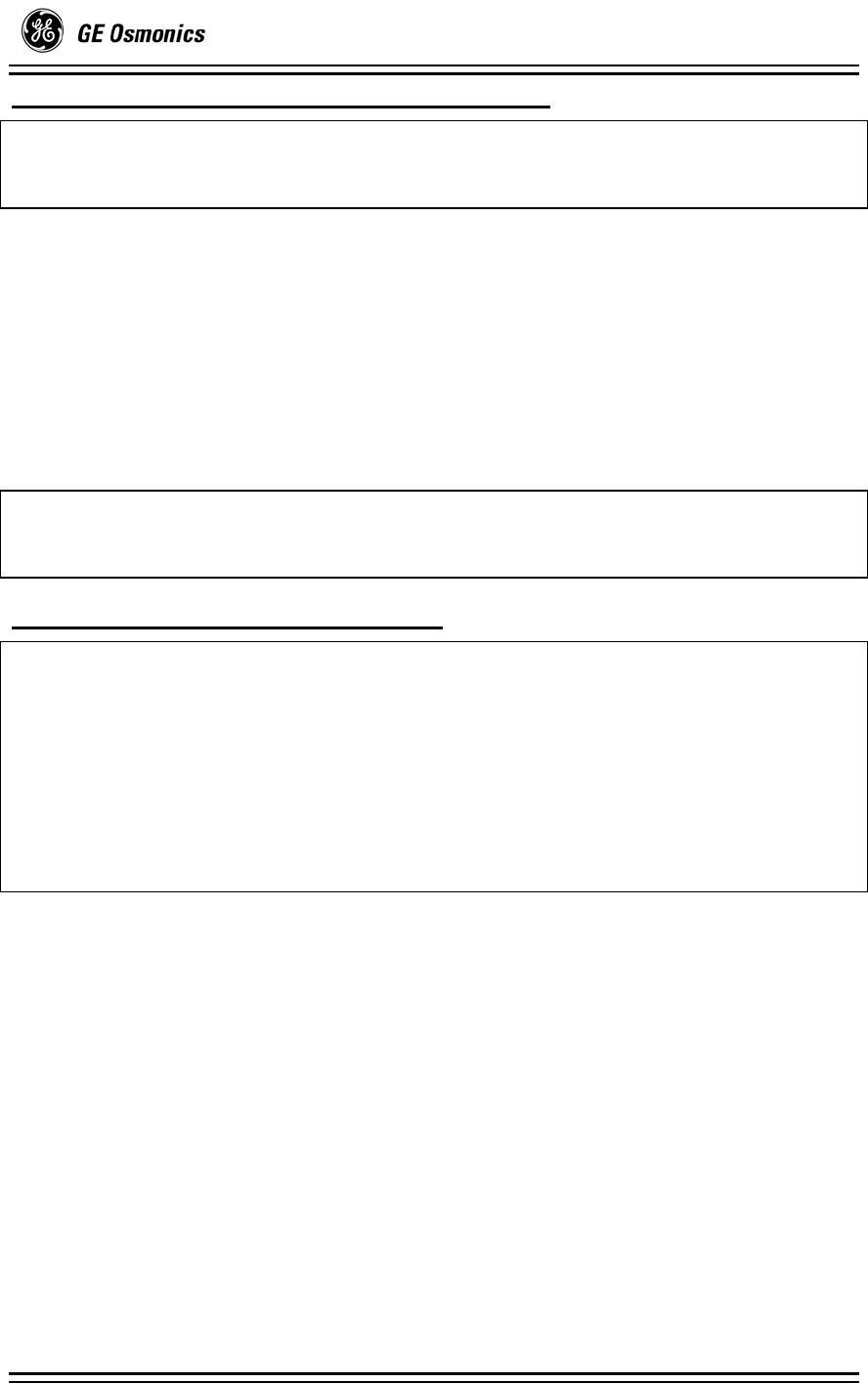
Z Series RO System by GE Osmonics
4.2.4 Pre-Filter Cartridge Replacement Procedure
NOTE:
This procedure should be followed every thirty days or when the delta pressure increases
by 10 PSI over a clean filter delta, whichever occurs first.
1. Close the inlet water supply valve. Pressures will drop to zero on the gauges and
the RO pump will turn off automatically if the RO unit is operating.
2. Remove the pre-filter bowls by rotating to the left until it is free of the head.
3. Remove the cartridge from the bowl slowly to prevent excess spillage. Empty
water from the bowl and discard spent cartridge.
4. Install new cartridge flush with the top of the bowl.
5. Ensure the filter bowl o-ring is in its groove and free of debris.
6. Align the filter cartridge hole with the receptacle head and rotate the bowl until
threaded hand tight.
NOTE:
RO units equipped with a submersible pump must purge the air from the pump housing
air vent valve after the unit has run for 5 minutes.
4.2.5 Threaded Connection Leak repair
WARNING:
Any piping change making contact with product water should be disinfected prior to
continued use.
CAUTION:
Any leak from any part of the system should be corrected as soon as possible. Left
unattended, leaks can cause secondary damage necessitating expensive repairs.
NOTE:
Use FDA/NSF approved silicone sealant when used on threaded connections.
1. Prior to performing maintenance on any threaded fitting, release the pressure in
the piping/tubing system (i.e., turn off the pump, open a drain port, etc.)
2. Remove the connecting tubing.
3. Tape the pipe threads with 2 or 3 wraps of Teflon tape.
4. Re-insert the threaded fitting into the opening and hand tighten. Be careful to
avoid cross threading. Tighten further using a wrench only if necessary, and only
about one-half turn.
5. Connect piping, pressurize, and inspect for leaks.
6. If the leak is still present, de-pressurize system again and tighten the fitting
another quarter-turn. Check again for leaks. Over tightening can crack the female
fitting.
7. If the leak continues, it may be necessary to replace the male threaded fitting
and/or the female threaded fitting.
1238339b – 16Oct03 4 - 8 Routine Maintenance



